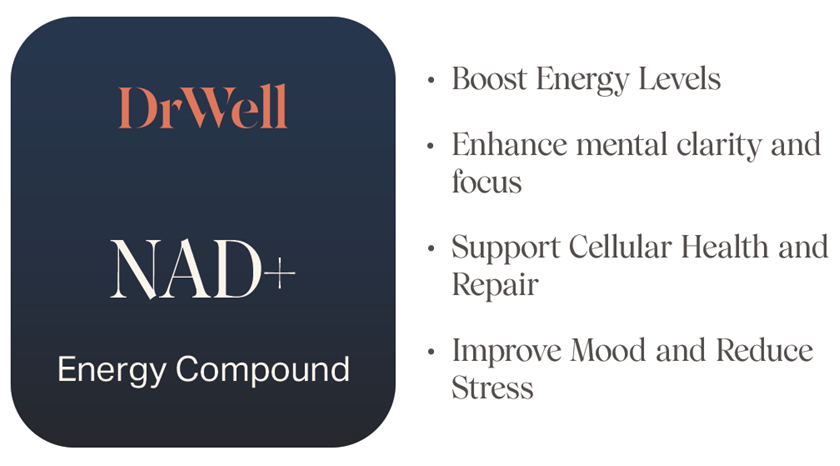According to an article by Joe Eaton and David Donald on the Center for Public Integrity website, “from 2001 to 2011, eyelid lifts charged to Medicare more than tripled to 136,000 annually.” Physician billing data by the Center for Public Integrity showed that “in 2001, physicians billed taxpayers a total of $20 million for the procedure. By 2011, the price tag had quadrupled to $80 million. The number of physicians billing the surgery more than doubled.”

To give you some background, eyelid lifts, also known as a blepharoplasty, refer to the removal of excess skin from the upper eyelids. This is a very simple procedure that can be performed in an office-setting under local anesthesia or as an outpatient procedure in a surgery center. Many people get this procedure because they are unhappy with the appearance of saggy eyelids. If they are getting the procedure for this reason, it is considered cosmetic and paid out-of-pocket because it will not be covered by insurance. For a lucky few, if their saggy eyelids cause some disturbance of their eyesight because the upper lids are obscuring their field of vision, this can be considered non-cosmetic, and therefore covered by insurance.
If you’re talking about private insurance companies like Blue Cross-Blue Shield or Aetna, for example, these insurance companies require that the doctor submit a visual field test from the consultation and based on this information, the insurance company will decide before surgery whether the procedure should be covered or not. In the case of Medicare, you can’t ask whether it will be covered ahead of time because Medicare doesn’t preauthorize procedures – with Medicare, the doctor does the procedure and Medicare then decides afterwards whether they’ll pay for it or not. As an aside, Medicare HMO’s like Humana Gold do behave like private insurance companies and will tell the doctor ahead of time whether the procedure will be approved or not but for the sake of clarity, I’ll refer only to traditional Medicare (approves procedures afterwards) in this article.
So the issue at hand is this – are plastic surgeons and other doctors that perform eyelid lifts inappropriately documenting that eyelid lifts in their older patients are obscuring vision so that Medicare will pay for it? To say that every eyelid lift done on a Medicare patient is actually cosmetic and is being inappropriately being billed to Medicare is clearly an inaccurate generalization. But I also won’t say that it’s always appropriately billed to Medicare.
To stay safe, whenever I see a patient that is interested in an upper eyelid lift, I assume it is for cosmetic purposes, and I provide them with the out-of-pocket cost estimate and they can decide from there. But if they tell me that they believe their eyelid lift should be covered by insurance because their heavy lids obscure their vision, then I refer them to an ophthalmologist for a visual field exam. This way, I extricate myself from a possible conflict of interest. The ophthalmologist gives their expert opinion, and if in fact their vision is limited due to their excess eyelid skin, I then have documentation from an independent source. I guess it’s possible the ophthalmologist could see the patient and tell them that he/she could perform their upper eyelid lift, thus “stealing” my patient, but that would probably be the last time I refer to that ophthalmologist!
The Center for Public Integrity article referred to earlier, suggests that doctors are billing Medicare too often for eyelid lifts. But with an aging baby boomer population, there will be more seniors requesting this procedure. Maybe they don’t all need the procedure but luckily most physicians are honest and recognize that whatever money they receive from Medicare for this procedure (about $600 per eye), pales in comparison to the legal bills and penalties associated with defrauding the Federal government. While I think most surgeons will document the medical necessity of eyelid lifts appropriately, my method of referring the patient to an independent ophthalmologist is an easy, honest way to keep the patient and physician out of trouble.



